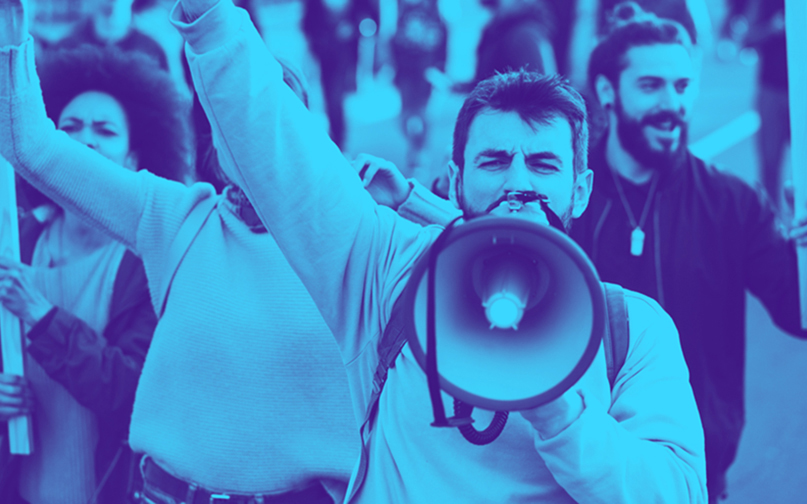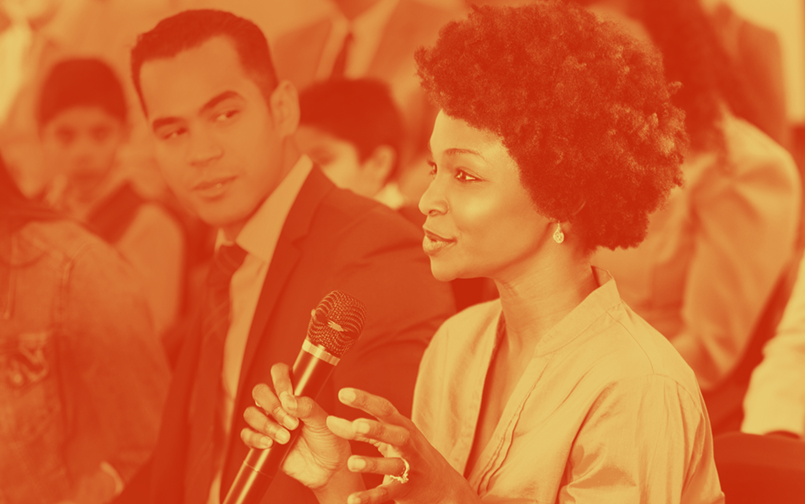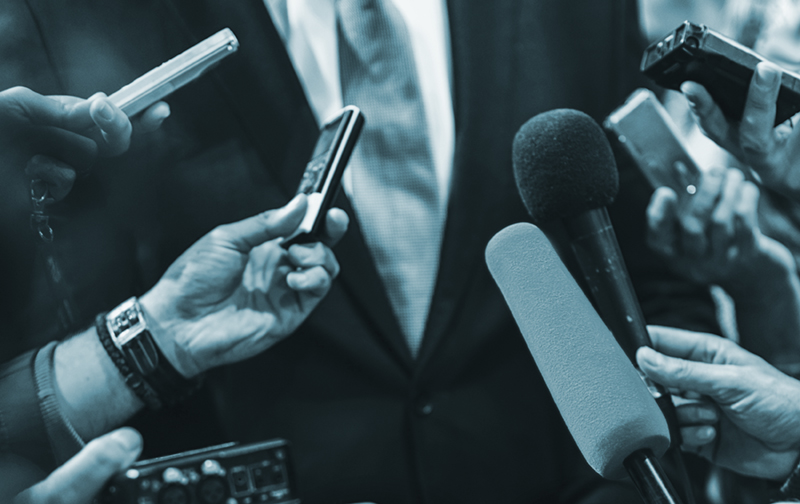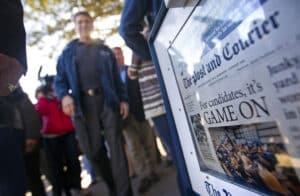LATEST
By David Bauder and Larry Neumeister, Associated Press Writers, last updated on April 20, 2024
NEW YORK (AP) — The judge in Donald Trump’s hush money trial ordered the news media on April 18 not to report on where potential jurors have ...
IN THE NEWS
FEATURES
PERSPECTIVE
March 21, 2024
Trending Now
Free Speech Center @ MTSU

FREEDOM
OF SPEECH
Protects the spoken word, the arts and media

FREEDOM
OF ASSEMBLY
Guarantees the right to gather in protest.

FREEDOM
OF PETITION
Ensures the right to lobby government for change

FREEDOM
OF THE Press
Protects the written word, literature and the news media.

FREEDOM
OF RELIGION
Allows us to worship as we wish and prevents government from establishing or endorsing a religion
How to contribute
The Free Speech Center operates with your generosity! Please donate now!


